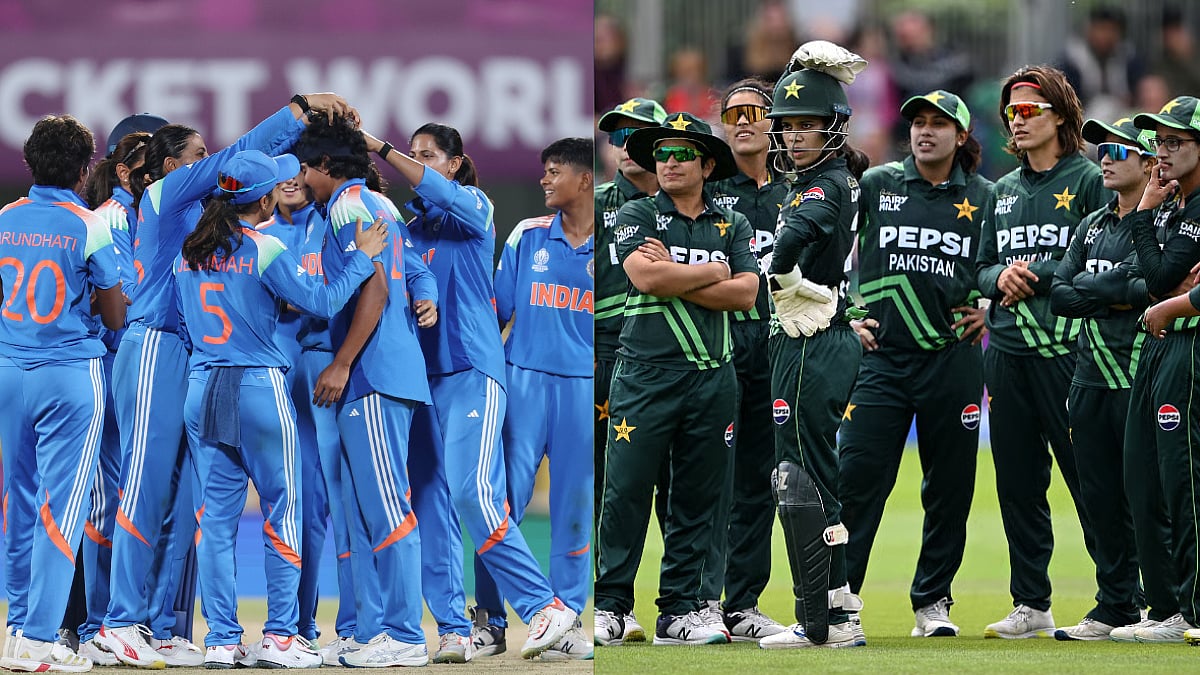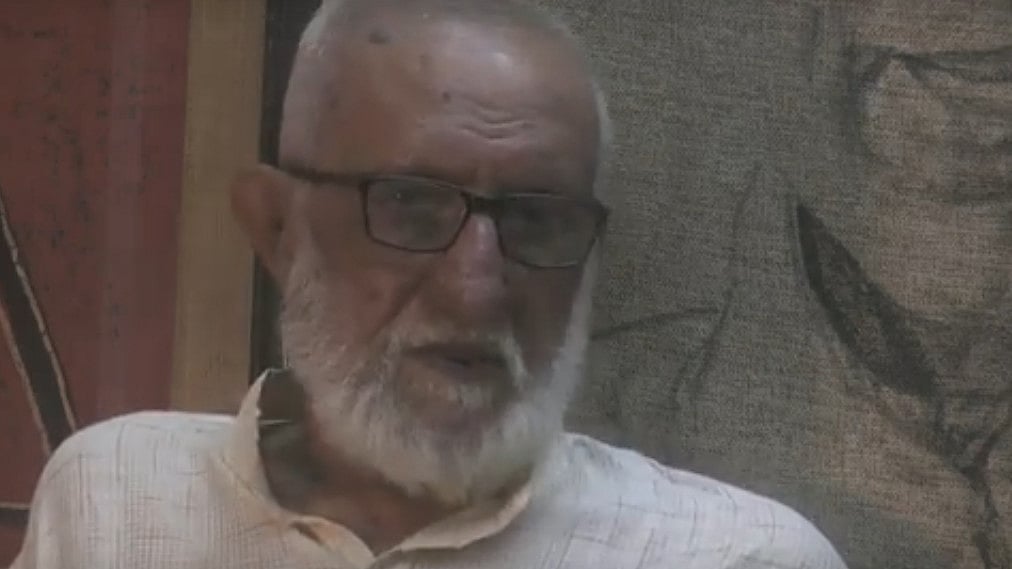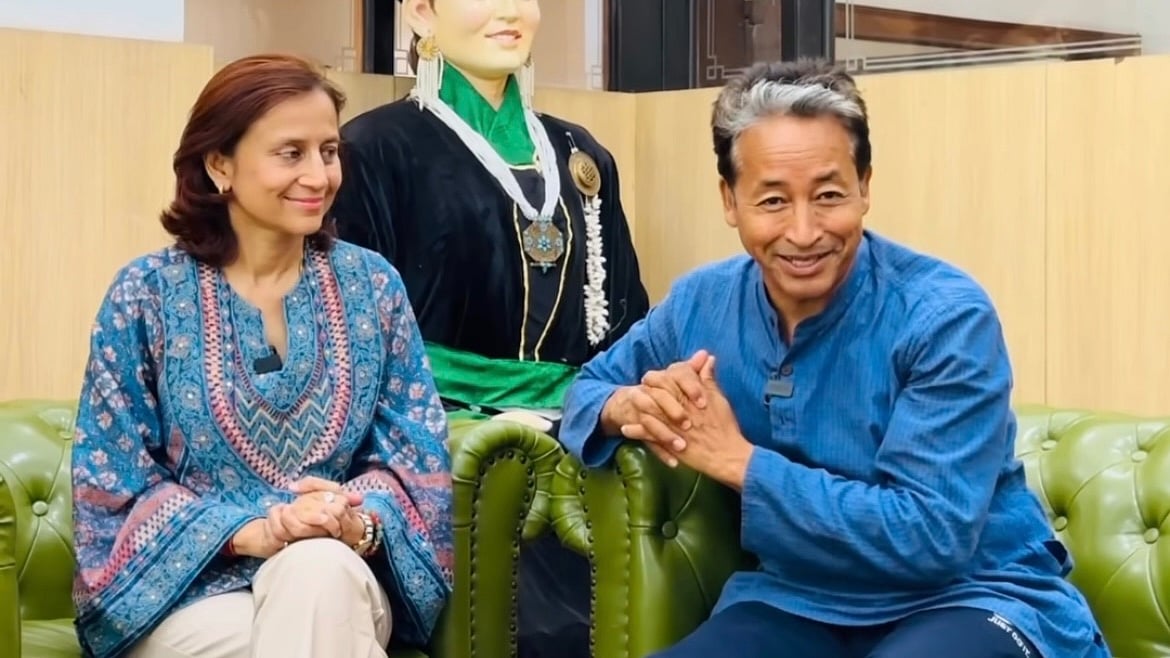The metro has slowly become the life line for millions of citizens in the National Capital Territory of Delhi. It is not like it is well designed, but the trade off in time for travel, comfort of air-conditioning, and cost continue to outweigh other modes of transport for a huge part of the working population.
Every other month on my numerous commutes in its endless labyrinthine, it throws at me a new, and often surprising, design failing. Some are small enough to dismiss if you are an able bodied male in the age group of 18 to 50 who prefers a motor car and uses the metro as a begrudged second or third option.
However, the real test of a system and success of design is to examine it from the position of its least able-bodied and most assistance-requiring users — persons with disabilities of sight and hearing and persons with mobility issues. You will see that illusion of design success falling away like flakes of paint.
The most basic of things are often dismissed and even not considered. Privilege and ableism are often at the bottom of those decisions or lack thereof. These on first glance sound like blanket statements, used here just to start outrage or controversy at best. The rants of disgruntled designer!
In the last few weeks, work and meetings have made me traverse the length and breath of the NCR for various reasons and at varying times, making me encounter instances at unconnected locations that have remained firmly in my mind, making me look for answers. A few weeks ago, getting onto the metro at the Botanical Garden in Noida, I found the lift at the foot overbridge behind a steel barred gate and locked. This was 8:30 pm on a weekday. Another time on the platform at the Green Park Metro station, I saw a woman, visually challenged, being guided by a metro employee to board a coach. Why did she need to be guided? How had she navigated the streets of Yusuf Sarai to get here? Parked cars, undefined pavements, no clear signage, nothing for people with disabilities. How do people without vision navigate the city? How do they maintain a sense of independence and confidence? Does it not impact their sense of agency and self worth?
Further south from there, at the IIT intersection waiting at the red light I saw the tactile path on a pavement lead directly into a tree. How does that even happen? Does a person with full visual impairment have to stumble and grope their way around a tree? How do these things get built? Does no one apply their mind? Is barrier-free public space and the idea of universal access just a tick box in a civic agency’s checklist?
I remember many years ago discussing elaborate options for the pedestrian crossing from Mehrauli side to the Qutab Minar Metro station with the recently deceased architect, Ashish Ganju Foot, only to discover a month later that the Delhi government chose to build a foot overbridge whose lifts invariably don’t work as a result of which people with mobility issues have to labour up nearly 60 steps and then walk down an equal number on the other side. Why the Metro station could not be put on the settlement side of the road, or why no notion of access was proposed is another question altogether. For many years people risked their lives trying to run across a designated highway, with non functional red lights at a 15 second crossing! These are just my immediate thoughts
Are agencies and designers completely unaware? Do government bodies, civic administrators and executing agencies even know that there are standards and codes to be adhered to? As ridiculous as it sounds, I increasing doubt this. They wouldn’t make mistake after mistake after mistake executing the most basic of considerations for barrier-free design. Is my question itself misplaced and are these omissions somehow intentional? The invisibility of persons with disabilities and the aged in our public space is both worrisome and something we don’t talk much about. One does get a feeling that, as a collective, we don’t embrace them. It is as if we tolerate them, granting them permission to be visible.
Is ableism and the disregard for better urbanism a comment on our acceptance, integration and respect for persons different from ourselves? Should the fact that we allow them to share space and use these facilities be enough? Are these subtle but effective design solutions for social exclusion and should they be forever grateful that we allow them to even be there, always painfully aware of their second-class status?
What about social acceptability of persons with disabilities, physical, mental and even financial? Are persons with disabilities not supposed to visible in public space? Are they second-class citizens with fewer rights? As a society are we somehow ashamed of their presence? Do they make us uncomfortable?
Is this apathy or deep rooted prejudice at work and the feigned lack of awareness a smoke screen, a ableist alibi to hide behind? Is this a contrived and socially-sanctioned action, lest our sons and daughters fall in love with incomplete or damaged humans and chose to make them part of our world?
(Henri Fanthome, an architect who trained at the SPA, lives and works out of Mehrauli, Delhi, and writes about design and urban spaces)











